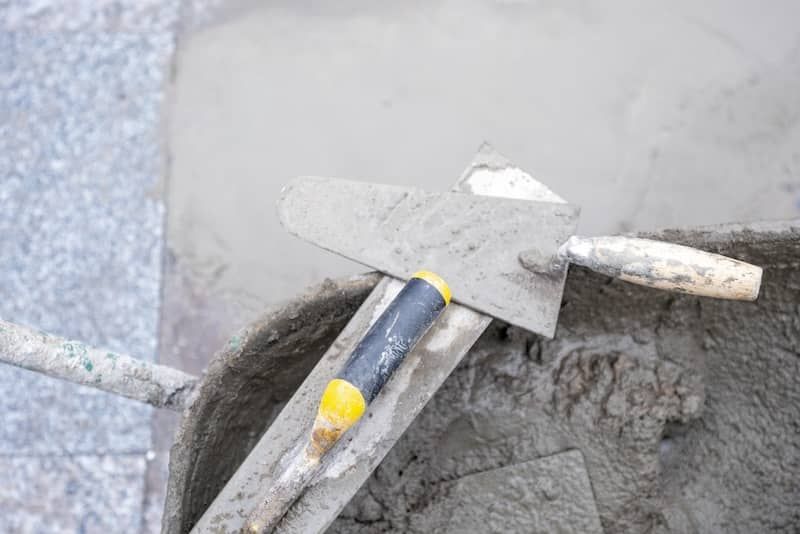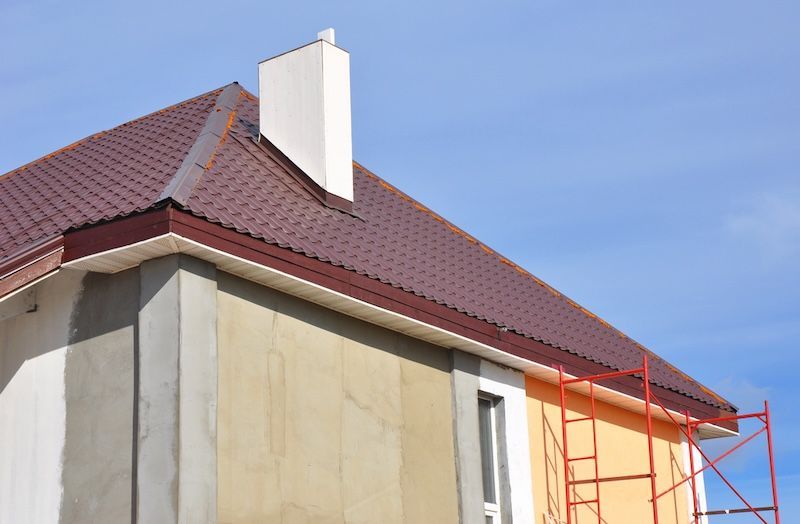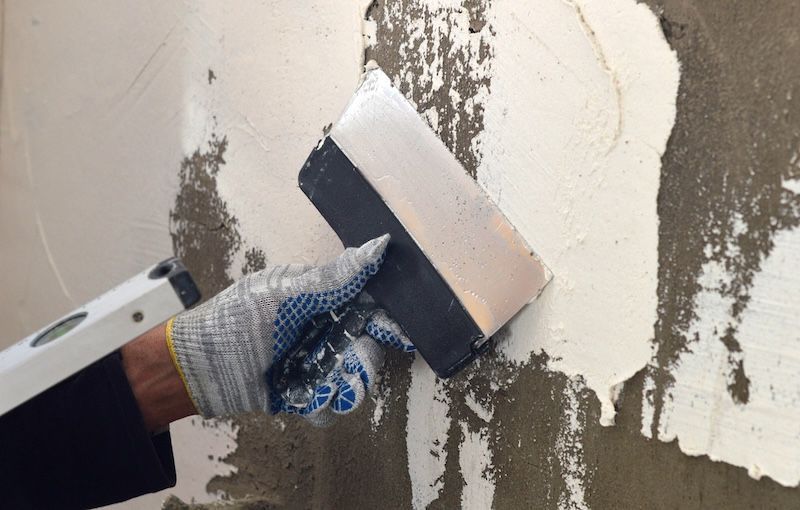When to Opt for Stucco Sealing and Waterproofing in Renovations
Key Takeaways
- Choose sealing for minor repairs and dry climates to prevent small cracks and keep your stucco looking fresh.
- Opt for waterproofing in wet or flood-prone areas to protect your home from water damage and ensure long-term durability.
Stucco is a popular choice for homes, but keeping it in good shape during renovations is key. Stucco is like the skin of your house; it protects your home from water intrusion, keeping the interior safe and dry. But over time, cracks can form, allowing moisture in. This is where stucco sealing and waterproofing comes into play.
Sealing helps keep the surface of your walls strong by creating a barrier against moisture. On the other hand, waterproofing goes a step further by protecting against water vapor and hydrostatic pressure that can damage your structure.
In this blog, we’ll explore when to choose sealing or waterproofing during renovations to keep your stucco home looking great and protected.
Understanding Stucco Sealing and Waterproofing
Stucco sealing and waterproofing are two important methods to protect your home’s exterior during renovations.
What is Stucco Sealing?
Stucco sealing involves applying a sealant to the stucco surface. This sealer acts as a barrier, keeping out moisture that may result to mold and mildew. Sealing is like putting a protective coat of paint on your walls, but it’s designed to breathe and let out any trapped water vapor.
- Helps protect against minor cracks and stains
- Extends the life of your stucco by preventing water damage
- Keeps your stucco looking fresh and painted
What is Stucco Waterproofing?
Stucco waterproofing goes deeper than sealing. It’s a process that involves using special materials and methods to keep water out entirely, even in harsh conditions. This is crucial in areas with heavy rain or where the roof and walls are at risk of water damage.
- Prevents water intrusion that can weaken the mortar and sand mix
- Ideal for climates with high humidity or frequent storms
- Protects your home’s structure by keeping it dry from the inside out
Choosing between stucco sealing vs waterproofing depends on your home’s needs and the climate where you live.
When to Choose Stucco Sealing
It becomes apparent that stucco sealing is an ideal choice in certain renovation scenarios.
Renovating Older Homes with Minimal Damage
When homeowners are renovating older homes with minor issues, sealing can act as a preventative measure. By sealing the stucco, you protect it from future damage and keep your wall looking fresh. This is much like adding a coat of paint to refresh a room but with added protection.
- Sealed stucco prevents small cracks from worsening
- Enhances the appearance of existing stucco without the need for major repairs
Projects in Dry or Mild Climates
In regions with low moisture, stucco sealing is highly effective. Sealing your stucco in dry climates preserves its integrity without the need for extensive waterproofing.
- Protects stucco from minimal water exposure
- Keeps stucco looking good without needing heavy-duty waterproof solutions
For homeowners, choosing the right approach during renovations ensures that your stucco stays in great shape for years to come.
When to Opt for Stucco Waterproofing
For certain renovations, stucco waterproofing becomes a critical choice to protect your home.
Renovations in High-Moisture or Flood-Prone Areas
In areas with heavy rainfall or potential flooding, waterproofing your stucco is essential. If your walls aren’t properly protected, moisture can sneak in, causing water damage and mold to develop. Just like you wouldn't leave a leaky roof unsealed, your stucco needs to be sealed against the elements.
- Waterproofing prevents moisture from penetrating the stucco
- Helps stop mold and mildew from forming in wet climates
Addressing Significant Stucco Deterioration
When your stucco shows signs of serious wear, waterproofing is often the best repair solution. In major renovations, waterproofing ensures that your stucco’s structural integrity is preserved, giving your home long-lasting protection.
- Waterproofing reinforces the stucco, making it more durable
- Ensures the stucco remains strong and sealed for years to come
Seek Professional Assessment

When it comes to stucco sealing and waterproofing, knowing when to single out each option is crucial. Sealing is great for minor repairs and protection in dry climates, while waterproofing is essential in wet areas or when dealing with severe stucco damage. Protecting your stucco during renovations ensures your home stays safe and strong.
For the best results, it’s wise to seek a professional assessment. Experts like Orlando Stucco Repair Pros can help you determine the right approach for your home, ensuring your stucco is properly protected.


